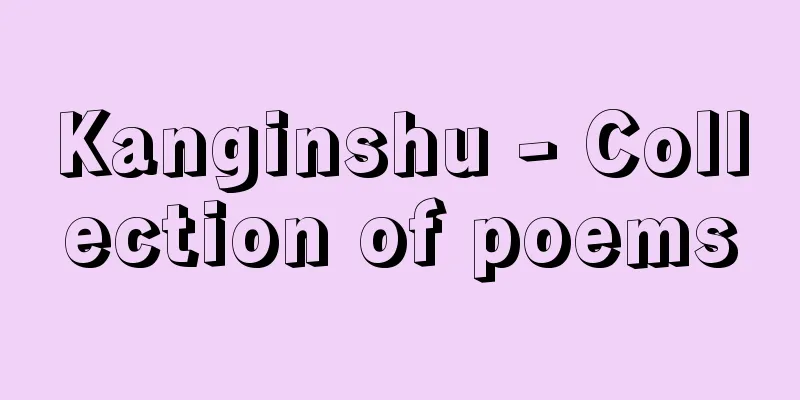Mizuame (Mizuame) - Mizuame

|
A mucilaginous candy made by breaking down and saccharifying starch. It is also called juice candy. In China, the method of production is described in detail in the 6th century "Qi Min Yaoshu," and in Japan, it was the most important sweetener along with sweet arrowroot until sugar became widespread. Even today, it is eaten as is, and is also processed in various ways to make various types of candy, which are used in the manufacture of confectioneries, tsukudani, jams, etc. Candy Sweetener [Suzuki Shinichi] Source: Heibonsha World Encyclopedia, 2nd Edition Information |
|
デンプンを分解糖化してつくった粘液状のあめ。汁あめともいう。中国では6世紀の《斉民要術》に製法のくわしい記載があり,日本では砂糖が普及するまでは甘葛(あまずら)とともに最も重要な甘味料であった。現在でもそのまま食べるほか,いろいろ加工して各種のあめをつくり,菓子類,つくだ煮,ジャムなどの製造に使用されている。飴甘味料【鈴木 晋一】
出典 株式会社平凡社世界大百科事典 第2版について 情報 |
>>: Mizuabu (water horsefly) - Mizuabu
Recommend
spermata
…He is also famous as a teacher and friend of the...
Annals of the Yi Dynasty
A Korean history book. Currently known as the Anna...
Mezonin poezii (English spelling) mezoninpoezii
...In Russian, it is called futurizm. Four main g...
Hulbeck, CR
…He returned to Berlin in 1919, drafted the Berli...
analgesic-antipyretic
…Analgesic-antipyretic drugs, also known as fever...
Abnormal sexual desire - sexual abnormality
Abnormal sexual desire is generally thought of as...
Indonesian Party
...While studying abroad, he joined the nationali...
Kantei
…It is China's second largest freshwater lake...
Sankey, ID (English) SankeyID
…American Congregationalist evangelist. He was an...
tjanting
...The designs vary depending on the region in wh...
Circaea
…A perennial plant of the Onagraceae family (illu...
Sinzheimer
1875‐1945 German labor law scholar. A social democ...
George Shannon McCune
1873‐1941 American missionary. Korean name: Yun Sa...
Mandarin
(1) An essential oil extracted from the peel of a ...
flon
...A general name used only in Japan for fluoroca...

![Tanbara [town] - Tanbara](/upload/images/67cc2adfb3801.webp)







